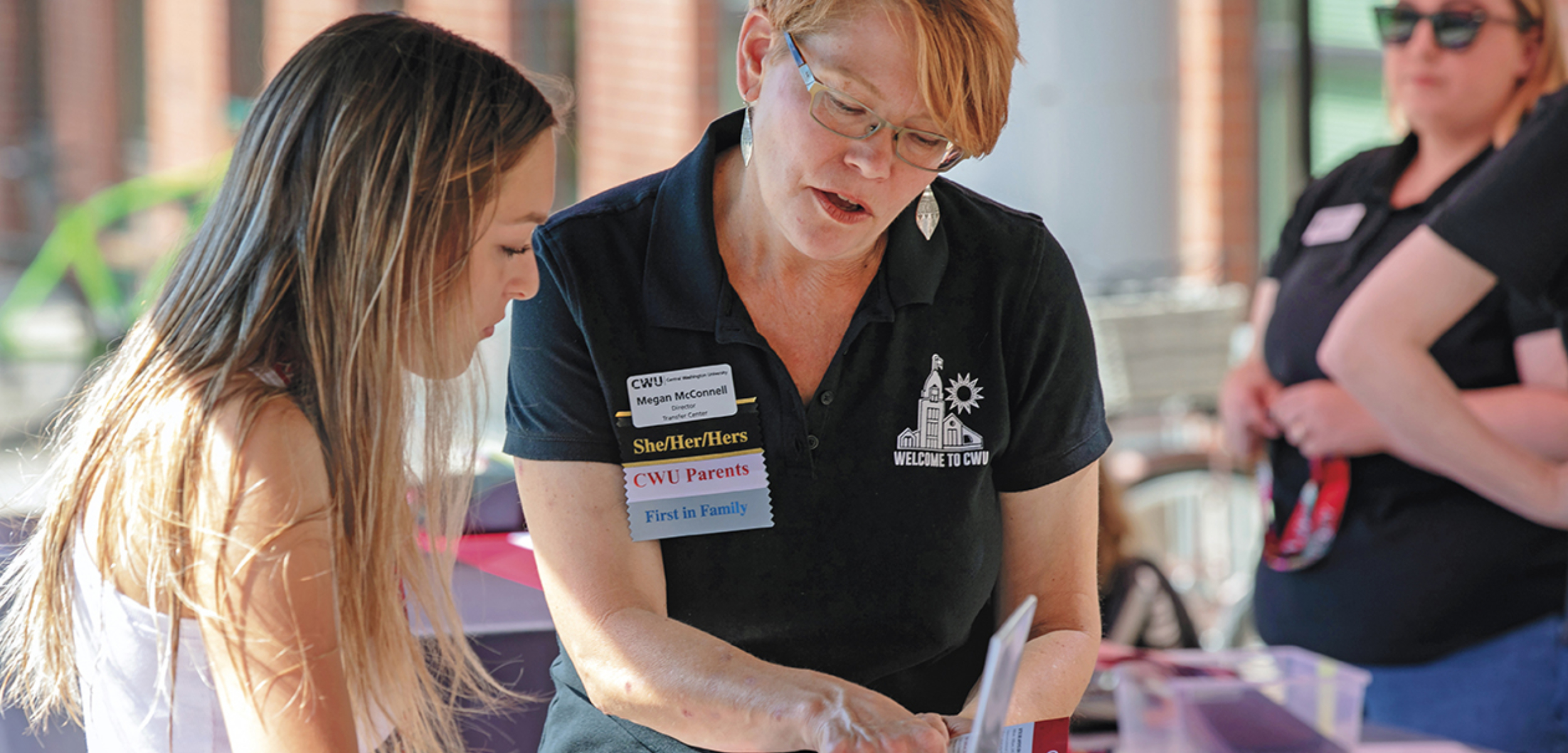
The year 2025 is just around the corner, and many colleges and universities across the country are sweating.
Three years from now marks the long-predicted “demographic cliff,” where the sharp decline in birth rate that began with the 2008 recession will make itself felt in the shrinking first-year college student class.
But Central is staying cool. For decades, the university has been working toward its goal of becoming the number-one transfer-friendly institution in Washington state. With a population of close to 40% transfer students, it has nearly succeeded. CWU now boasts a healthy mix of traditional and “neo-traditional” students, defined as students who may be first-generation, transfers, Pell Grant-eligible, parents, caregivers, or veterans.
To help with this goal, CWU has some not-so-secret weapons: eight university centers and instructional sites, and the recently established Transfer Center. The faculty, staff, and administrators of these educational partners believe passionately that their job is to remove barriers and build bridges to help neo-traditional students complete their college degrees.
The result has been a partnership that has strengthened communities around the state by helping students achieve their goals.
“We’re lucky to be here in Washington state, where there’s been a 50-year collaboration between the two-year and the four-year schools,” says Megan McConnell, director of the CWU Transfer Center. “We have a lot of good things going for us.”
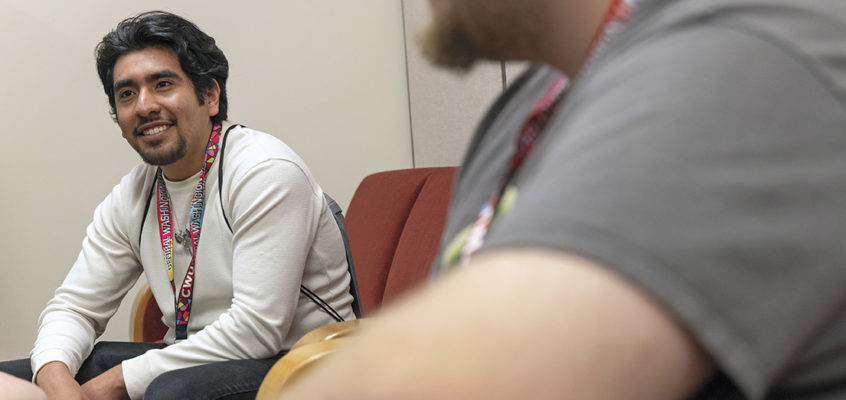
The new Transfer Lounge in Bouillon Hall offers students a chance to connect with each other and the campus services available to them.
Barriers for Neo-Traditional Learners
Many neo-traditional students at Central come from historically underserved communities, for which traditional college education has often been out of reach, both financially and practically. Time- and place-bound, neo-traditional students typically have families, careers, or other obligations that create challenges to being on campus several times a week.
Since neo-traditional students are often first-generation, many have to figure out on their own how to navigate college. They may understand the requirements for graduating from a two-year college, but not how those requirements align with their intended four-year major. They also may not know how to pay for college, or how to take advantage of services like financial aid or career advising.
Institutions also can create some of these barriers inadvertently through the use of institutional jargon, for example. This dynamic can contribute to the sense of “imposter syndrome” felt by many neo-traditional students—the sense that they don’t really belong.
CWU has worked for decades to remove such barriers and to foster a sense of belonging for neo-traditional students.
“That’s a really important underpinning to everything we do,” McConnell says. “We want to convey to students, ‘Well, of course you belong here. You should be here. Your unique attributes and sets of skills and interests are something that is beneficial to our community, and we’re glad you’re here.’”
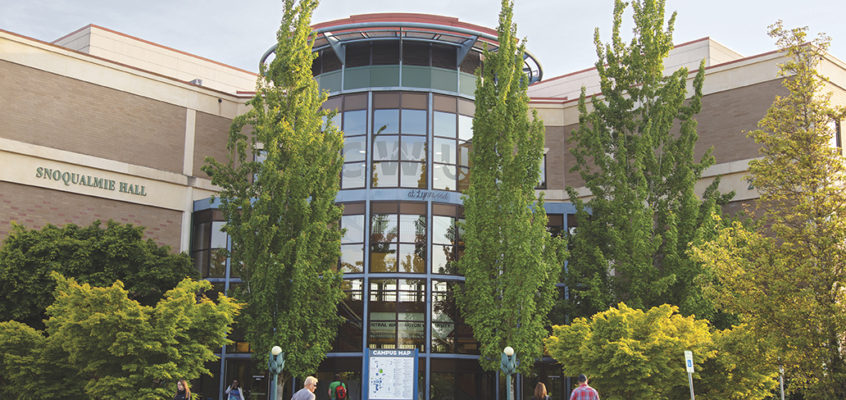
Snoqualmie Hall at Edmonds College houses the CWU-Lynnwood University Center.
Centers Have Become Community Partners
CWU responded to the needs of the neo-traditional student population very early on—even before it was known as “neo-traditional”—through its eight university centers and sites around the state. The first satellite campus was a teacher education school, founded in 1918 on Whidbey Island.
Since then, the centers and sites have expanded to the communities of Des Moines, Lynnwood, Pierce County, Sammamish, Yakima, Wenatchee, and Moses Lake. No matter where in Washington they’re located, the centers aim to support communities, fuel the local workforce, and help members of those communities pursue a college degree.
Their location allows the centers to engage with local government, the K-12 school system, alumni, and business and industry. Staff at the centers know which resources are available and how to help students access those resources. And they can respond to the community’s immediate and long-term needs in a way that is difficult on a residential campus.
One important need is supplying the local workforce with trained professionals who can help them right away. The centers aim to help students advance in their careers, switch careers, or even land their first job. With a gender ratio of about 70:30 women to men (the ratio on traditional residential campuses is more like 55:45), the centers are especially helping women reengage and advance in the workforce.
“It is no secret that higher education campuses are changing and continue to become more diverse, just like the workforce,” said Monica Medrano (’05), regional director of the CWU-Wenatchee and Moses Lake centers. “When factoring in the unique challenges of our intersectional neo-traditional students, such as motherhood, CWU has had to learn about and redefine our services to support our students’ career goals while considering their intersectional lived experiences.”

Transfer students gather during a summer orientation session in the Transfer Lounge, located on the second floor of Bouillon Hall.
Degree Pathways That Meet Student Needs
Practically speaking, the university centers’ distribution around the state means that neo-traditional students can attend CWU, even if they can’t make it to Ellensburg.
Six of the CWU centers are co-located on the campus of two-year colleges, where students typically complete an associate’s degree and finish their general education requirements and prerequisites. However, without some bridge-building in place, students can be easily derailed when exploring their futures.
The Early Transfer Admissions Plus program—ETA+ for short—aims to set students on the right path as soon as they start their two-year degree track. Transfer students can apply and be admitted to CWU as soon as they arrive at one of the host colleges. Students can attend campus events and get connected to advising, tutoring, and services at Central.
Most importantly, ETA+ puts students into a communication system that’s strategically aware and proactive about some of the obstacles they face. This includes the potential time and money wasted by taking unnecessary courses.
“The evolution of neo-traditional students has called upon the university to examine what affordability means and how it relates to student success,” Medrano said. “Across the nation, the ‘traditional’ student experience has inspired a ‘traditional’ campus infrastructure—one that does not meet the unique needs of our neo-traditional student population. The goal is to meet students where they are based on their needs.”
Likewise, the Transfer Center aims to create a sense of community and belonging for students who transfer to the main CWU campus. Part of this involves connecting students with the physical location of the Transfer Center. Aside from making the Transfer Lounge an inviting place for students to check in and interact with one another, McConnell also conducted the transfer-specific portions of last summer’s orientation sessions in the lounge to connect the new recruits to a campus “home base.”
To help meet student needs, CWU also offers a variety of class formats, allowing those who need flexibility to take online or hybrid classes. Having an opportunity to build community and social capital with peers and faculty is critical to first-generation student success.
The faculty who teach at the centers and online know the barriers their students face. Professors recognize that, along with teaching the curriculum, they must create support for students who are often struggling to keep their heads above water.
Part of this is just being human: opening up to students and showing empathy.
“I’ve taught for many years, and I see my job partly as a process of relationship building,” says Erica Holley, who teaches management and organizational behavior at CWU-Lynnwood. “Showing vulnerability and reciprocity helps students open up and feel more connected to the class and the material.”
In removing barriers and creating access for neo-traditional students, Central embraces its responsibility to the state and the communities it serves.
“Through the University Centers, CWU has an opportunity to sit closer to the communities we serve and build relationships based on mutual understandings and needs for each other and the shared student populations,” Medrano said. “Partnerships with the state’s community and technical colleges, and our
industry partners, builds a reciprocal ecosystem aimed at access and success.”

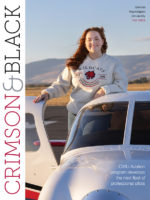
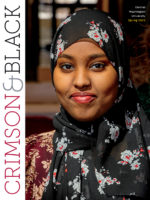

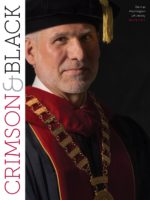
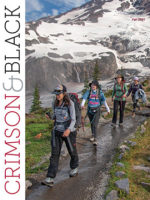
comments powered by Disqus